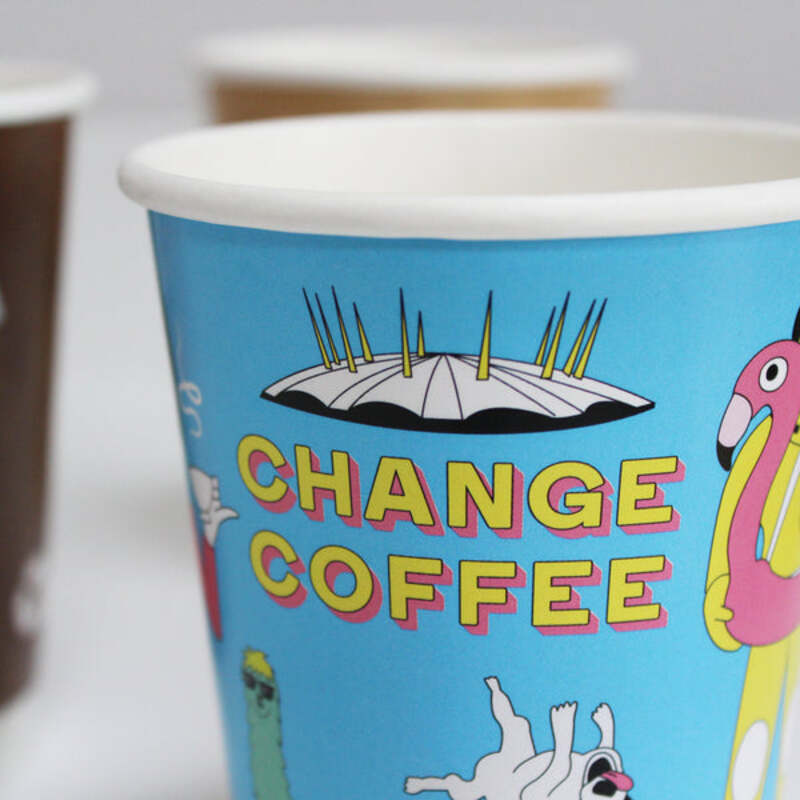The Evolution of the Beer Can A Nod to Convenience and Culture
In the realm of beverages, beer has always held a special place, celebrated not only for its diverse flavors and brewing techniques but also for its ability to bring people together. One of the key catalysts for beer’s accessibility and popularity has been the beer can. Since its inception, the beer can has evolved significantly, transforming not just the way we consume beer, but also influencing culture, convenience, and even marketing strategies in the drinking industry.
The story of the beer can begins in the early 1930s, during the Great Depression in the United States. At a time when people were seeking affordable means to enjoy their leisure, breweries faced the challenge of distributing their products efficiently. Traditional glass bottles, while classic, were bulky, easily breakable, and required a deposit. Enter the aluminum can lightweight, shatterproof, and recyclable. The first commercially successful beer can was produced by the Gottfried Krueger Brewing Company in 1935. This monumental moment laid the foundation for a new trend in beverage packaging.
The introduction of the beer can not only revolutionized logistics and storage but also redefined the drinking experience itself. No longer would beer drinkers need to worry about glass shards, nor would they struggle with cumbersome bottles, especially during outdoor gatherings or sporting events. The can's design allowed for portability; it became synonymous with convenience. This usability factor resonated with consumers, and soon after its launch, beer consumed from cans began to proliferate, captivating the masses.
As the beer can gained traction, breweries embraced its potential for marketing. The exterior became a blank canvas, allowing companies to unleash their creativity. Bright colors, intricate logos, and catchy slogans transformed the can into a marketing tool that captured consumers' attention on store shelves. Unlike the more understated glass bottle, the can could be customized easily to stand out in a crowded marketplace. This creative freedom gave rise to many iconic beer brands whose artwork became almost as recognizable as the beer itself.
beer can

Moreover, the can promoted a sense of community and camaraderie. Beer drinkers could easily share a cold one at picnics, barbecues, and tailgates without the fear of breakage. The social aspect of beer drinking flourished alongside the beer can’s rise. This shift also hinted at changing societal norms; as a more casual and approachable format of beer drinking emerged, so too did a culture of relaxation and enjoyment rather than formality.
However, it's important to note that the journey of the beer can has not been without its challenges. The early days of beer cans were riddled with issues related to taste preservation. Initial cans were lined with materials that could alter the flavor of the beer, leading to dissatisfaction among consumers. Innovations in can technology, such as the development of epoxy linings in the 1970s, resolved these issues, ensuring that beer could be stored for longer periods without compromising its quality.
Fast forward to the present day, and beer cans dominate the market. Craft breweries, in particular, have seized the opportunity presented by canning. These small-scale operations utilize cans to set themselves apart from larger corporations, often experimenting with bold designs and unique flavors. The can has become a symbol of innovation in the brewing industry, facilitating the introduction of creative brews that resonate with diverse consumer preferences.
Furthermore, the eco-friendly movement has added another layer of significance to beer cans. Aluminum is highly recyclable, and with the growing awareness surrounding sustainability, many consumers now prioritize canned beer for its reduced environmental impact compared to glass bottles. This trend aligns with a broader shift towards conscious consumption, making the beer can not just a vessel for enjoyment, but also a representation of responsibility towards the planet.
In conclusion, the journey of the beer can is a fascinating reflection of societal changes, consumer preferences, and technological advancements. From its humble beginnings during the Great Depression to its current status as a staple for beer lovers around the globe, the beer can has reshaped the way we enjoy, share, and celebrate one of humanity's oldest beverages. It stands as a testament to the perfect blend of convenience and culture, ensuring that the joy of beer drinking continues to thrive for generations to come.



